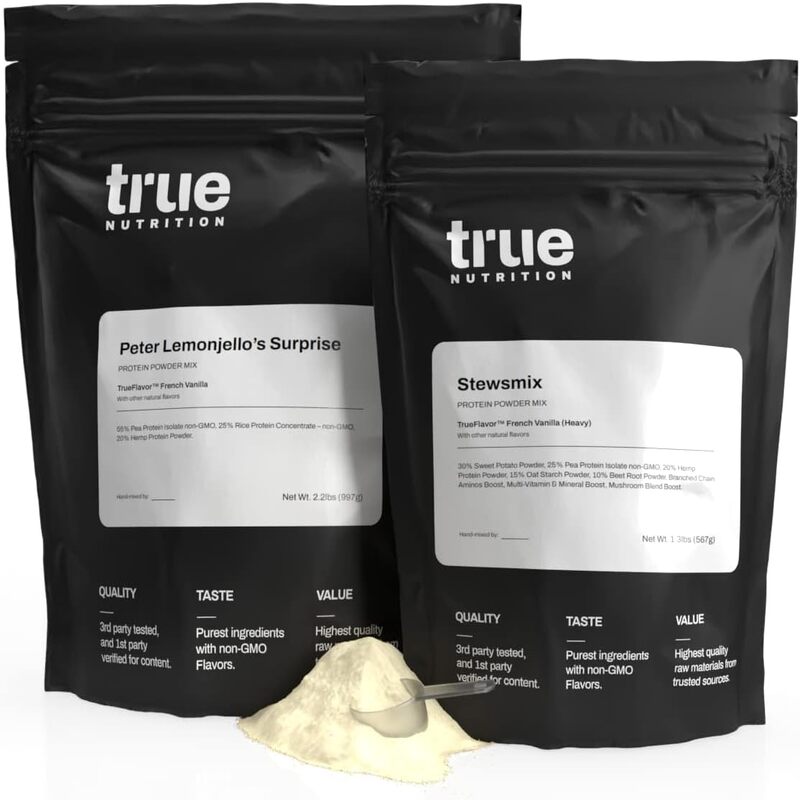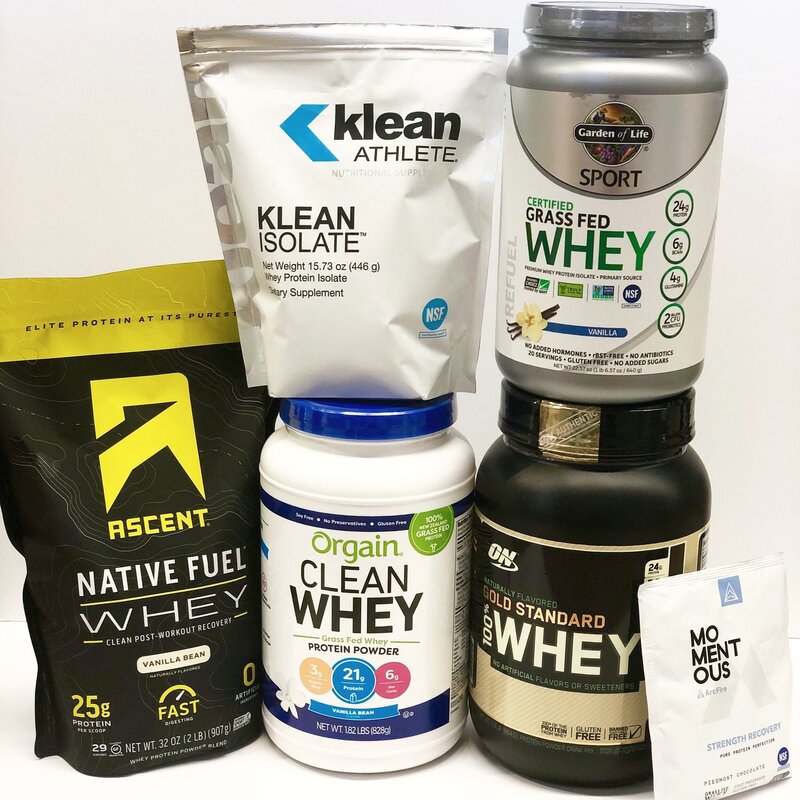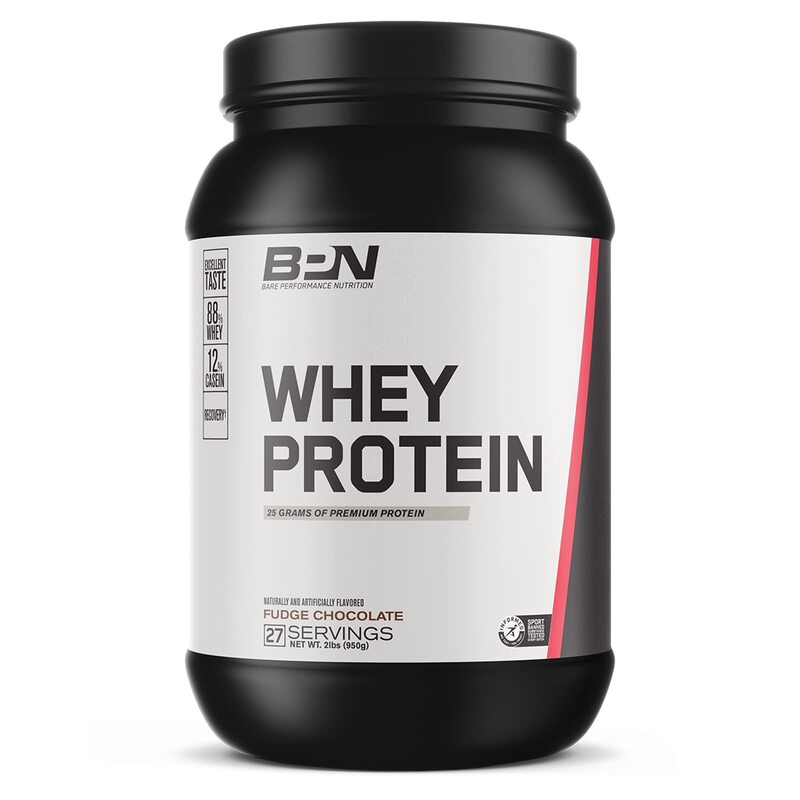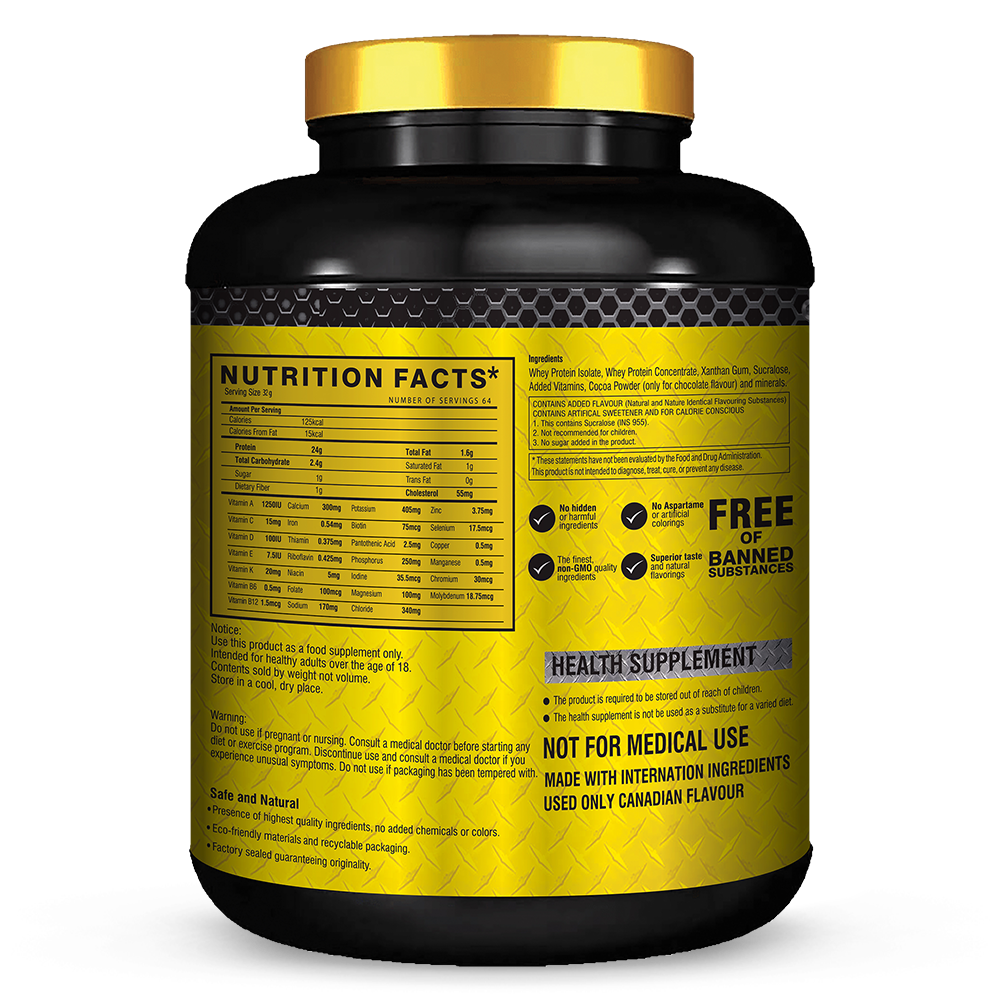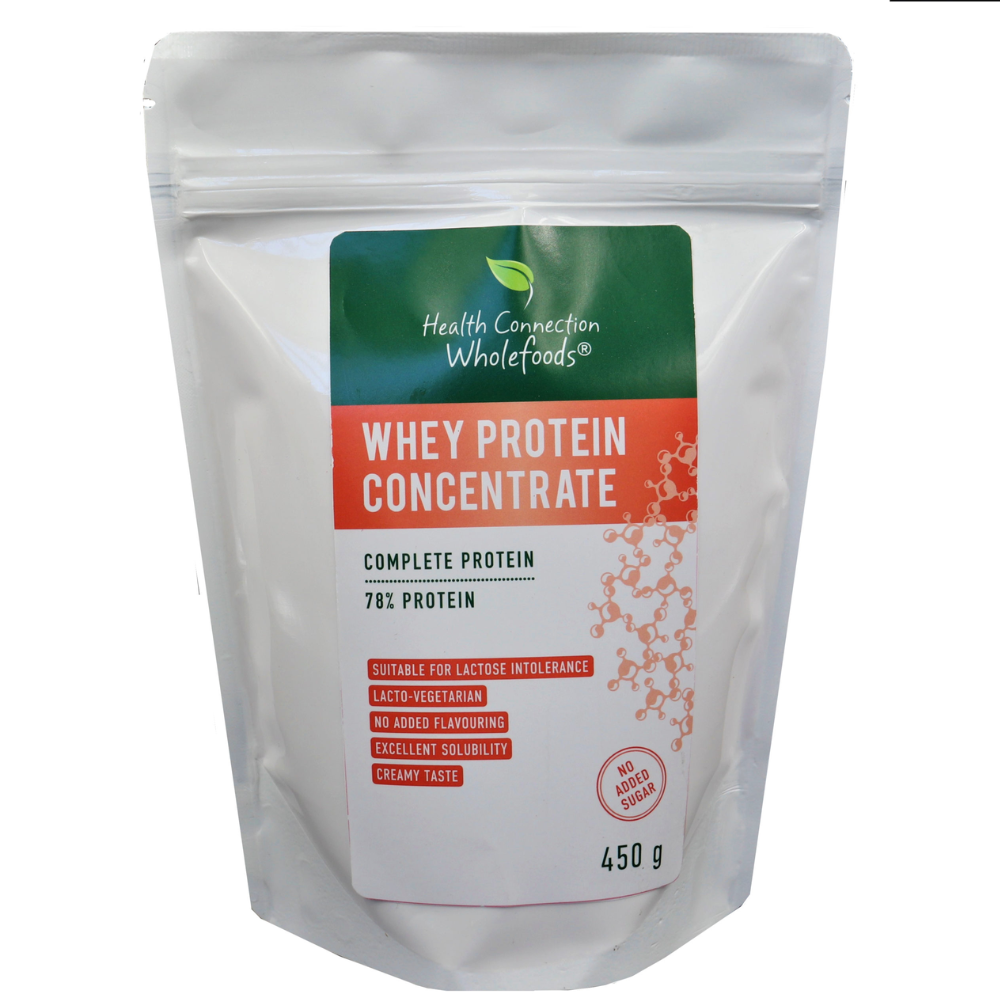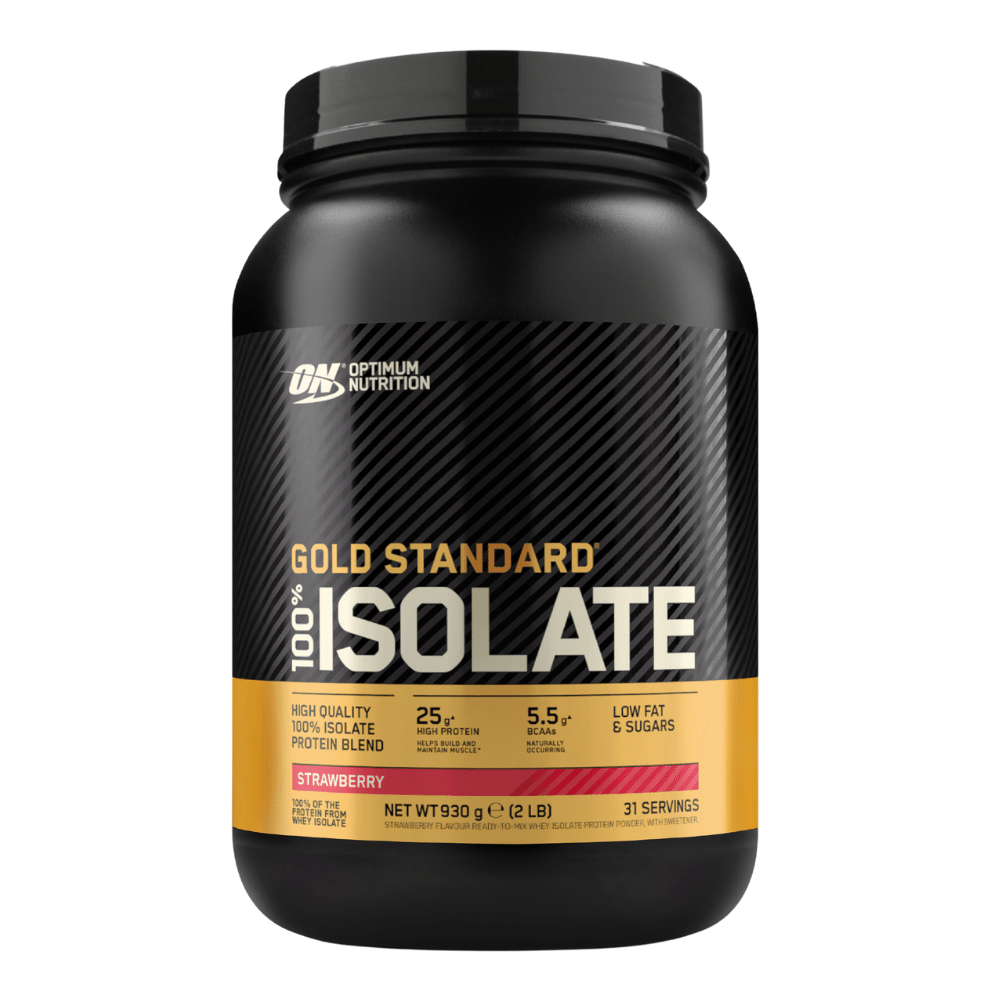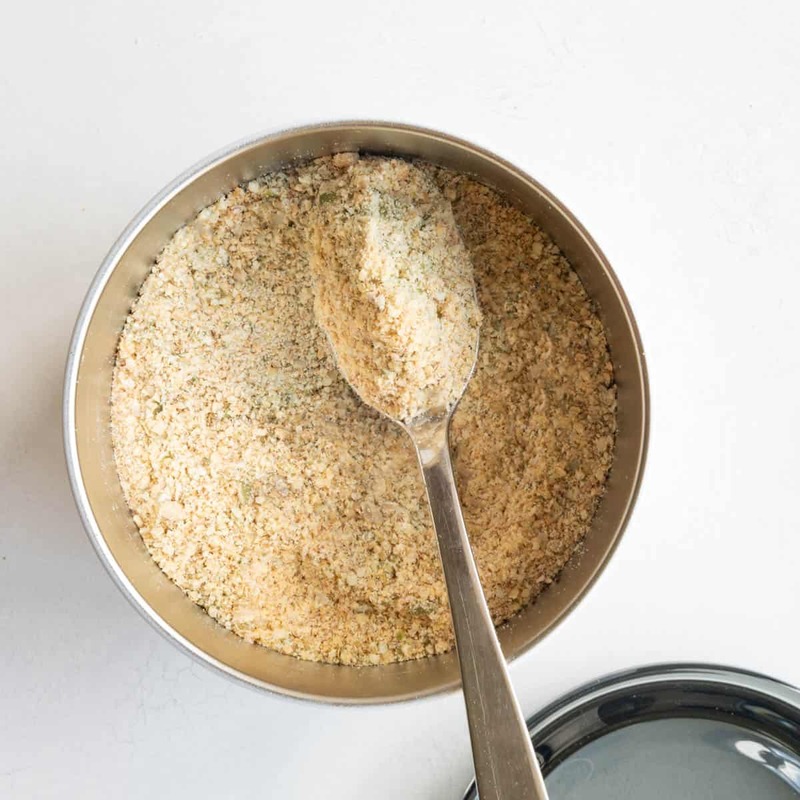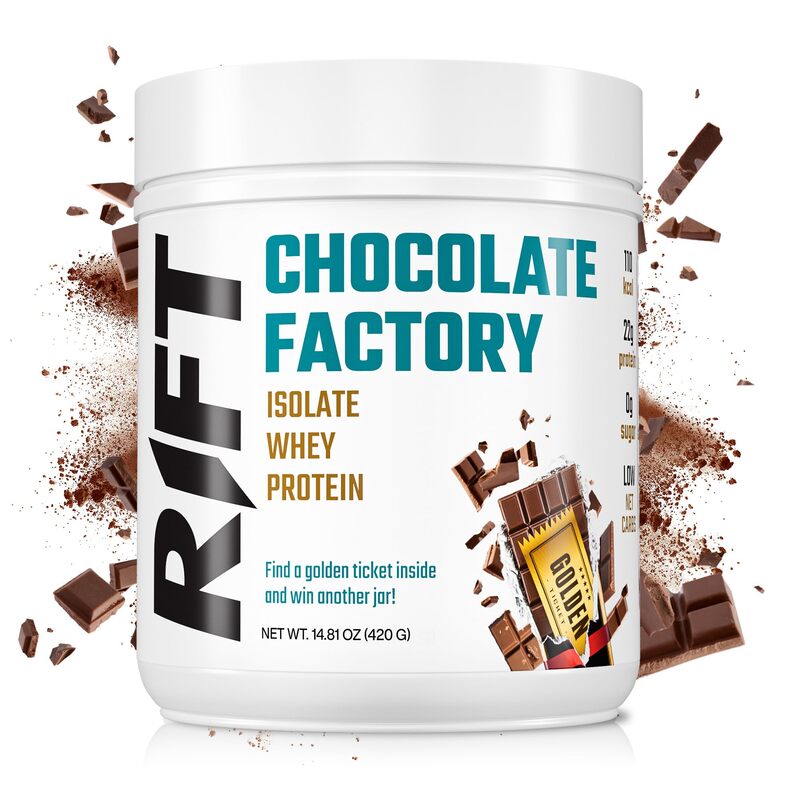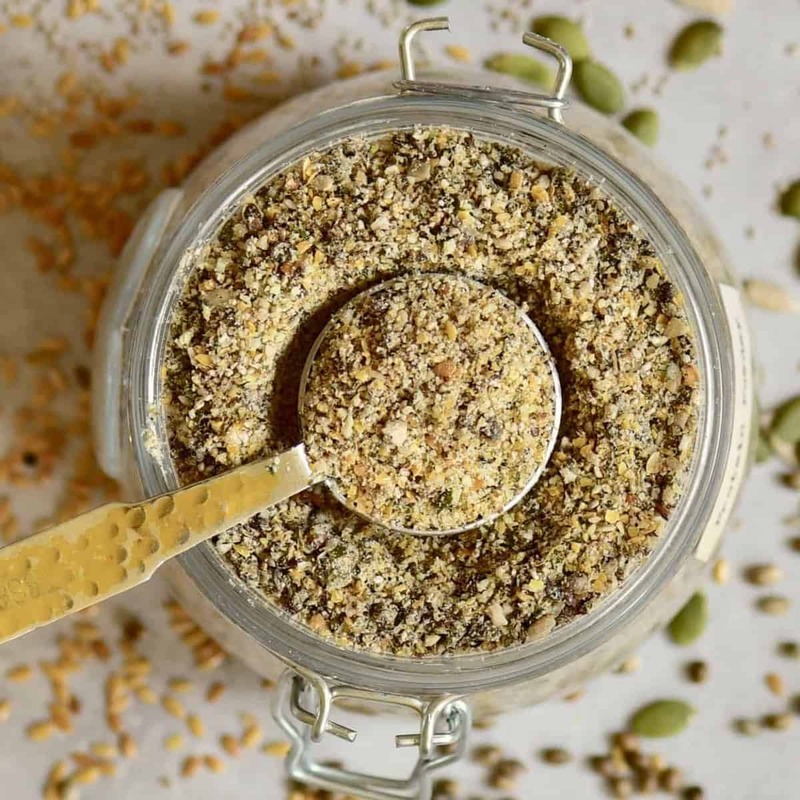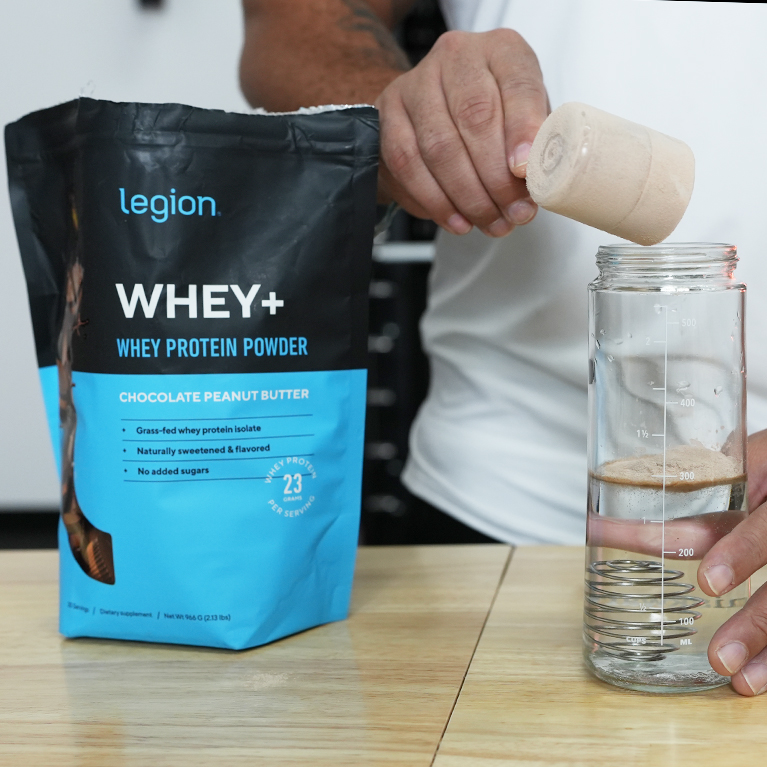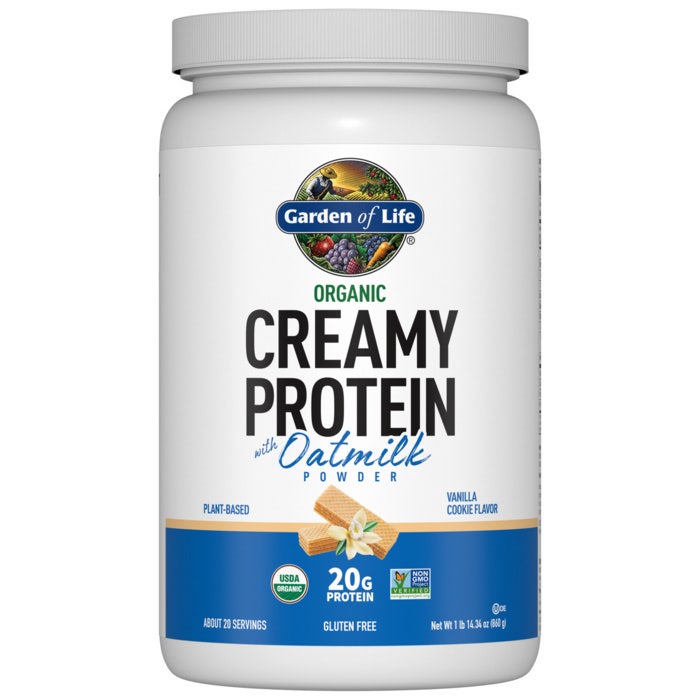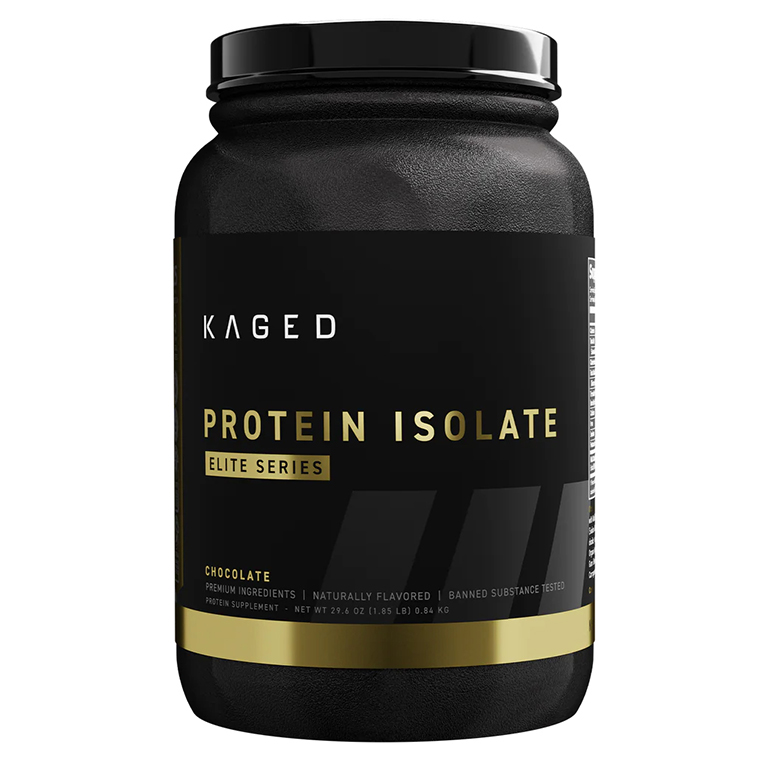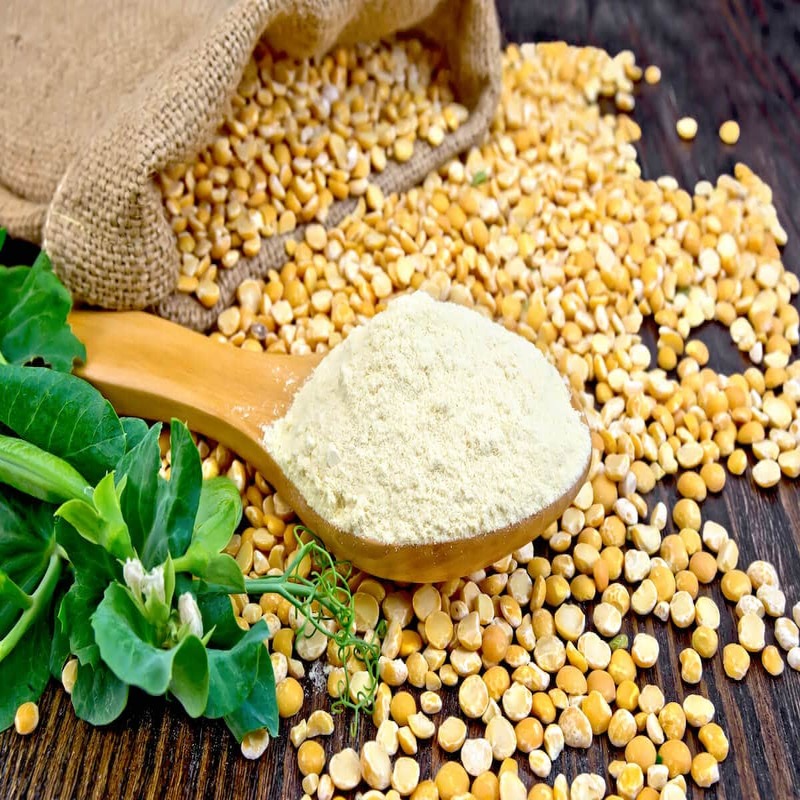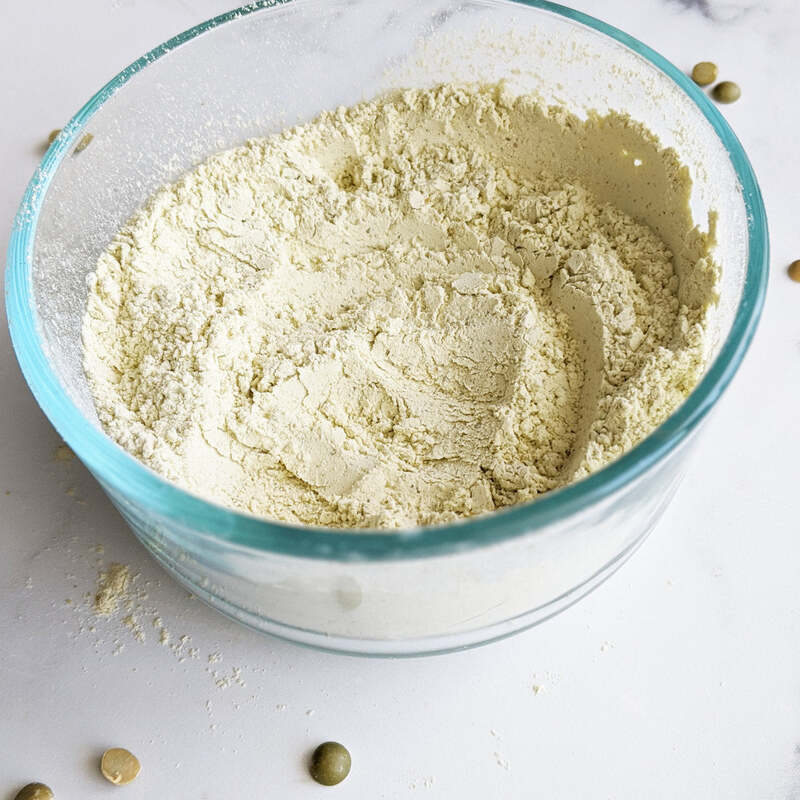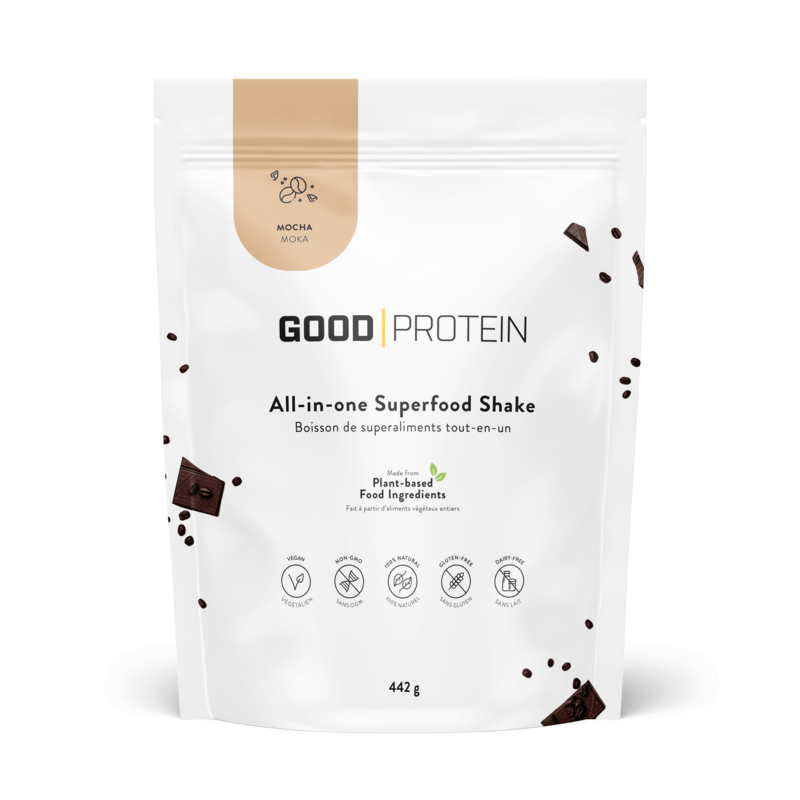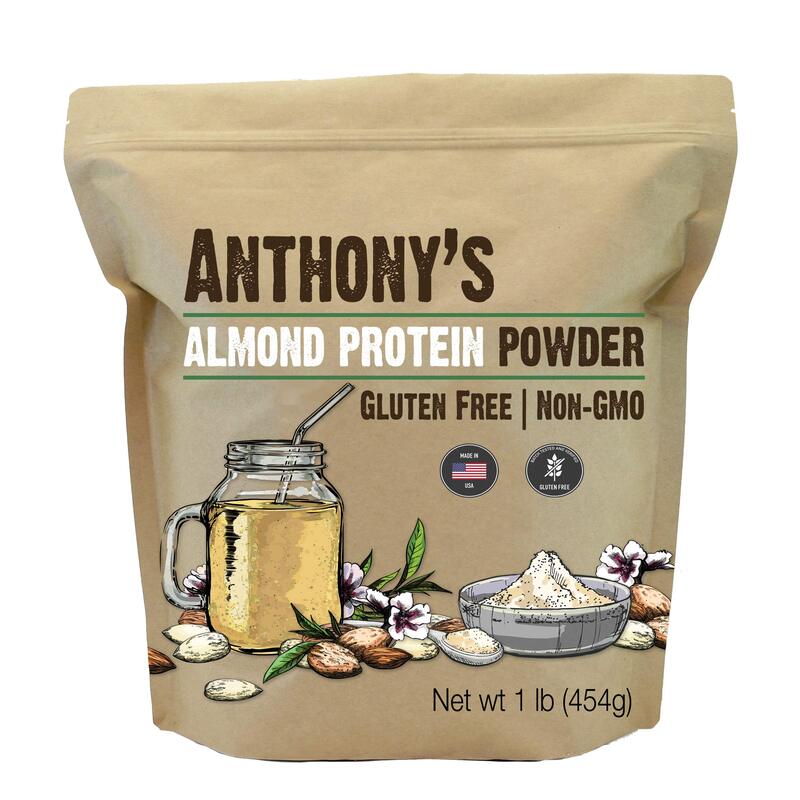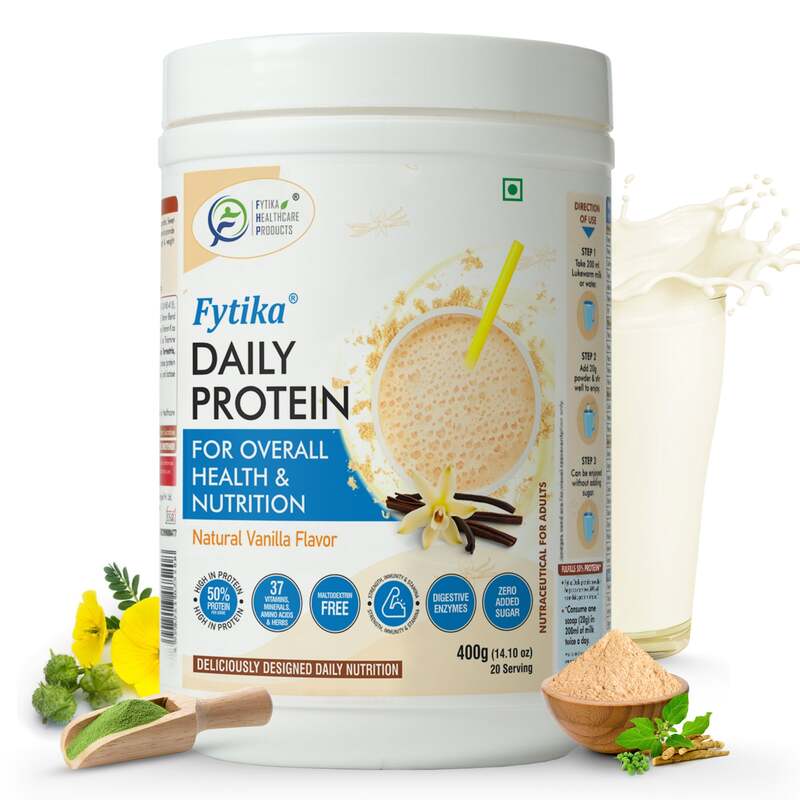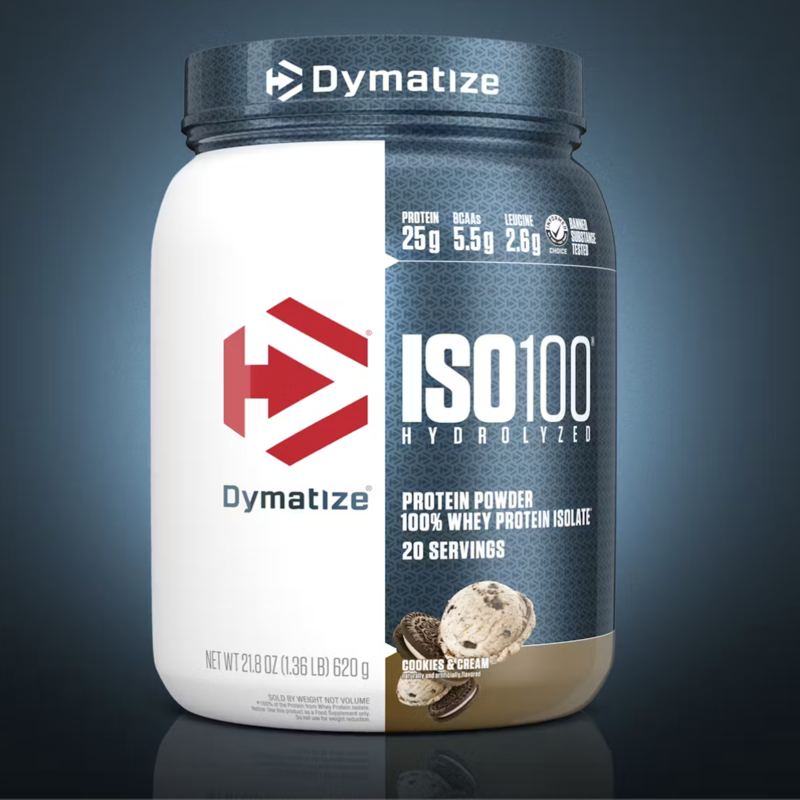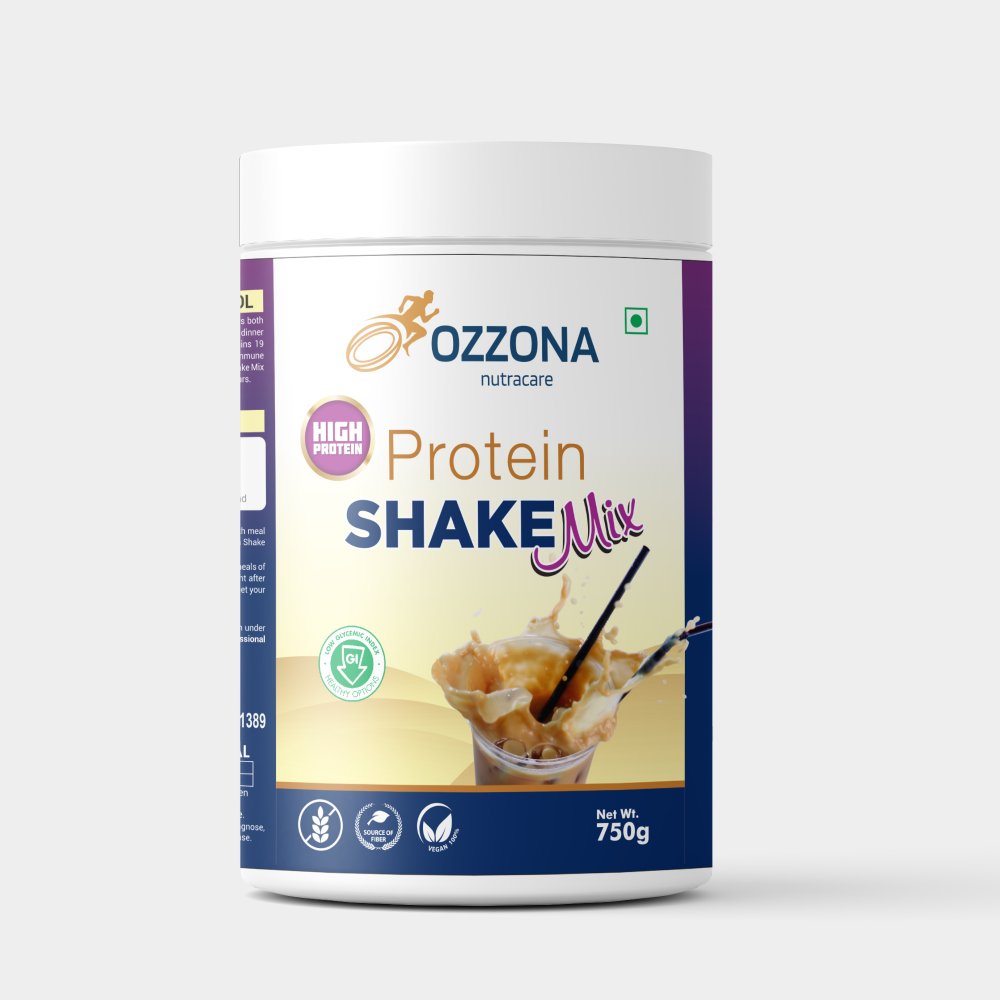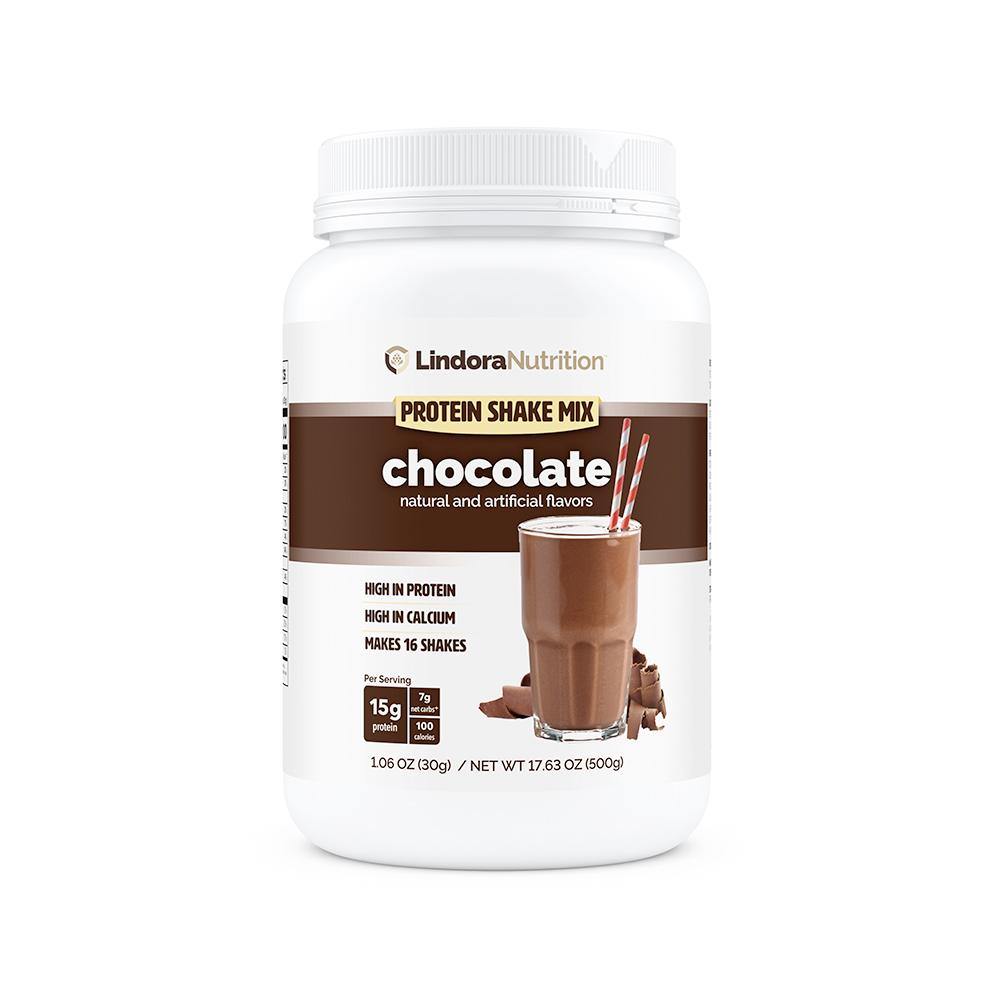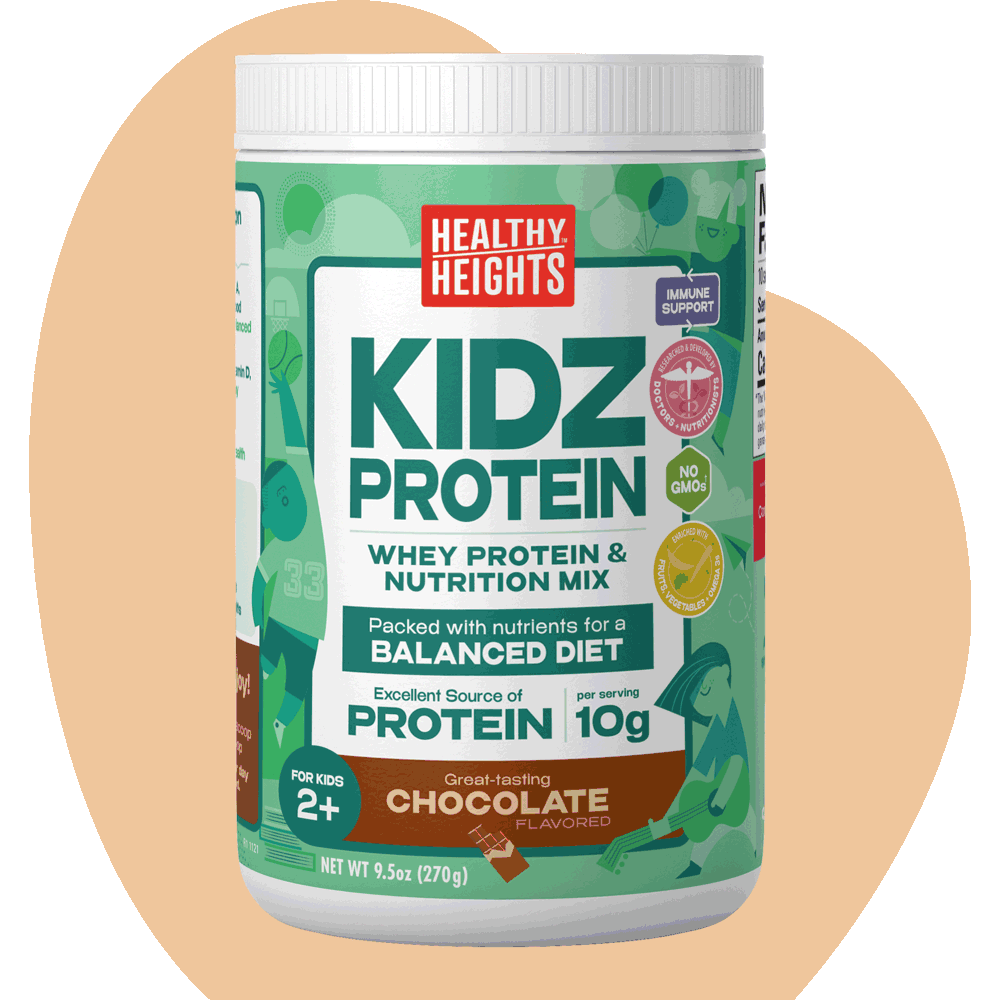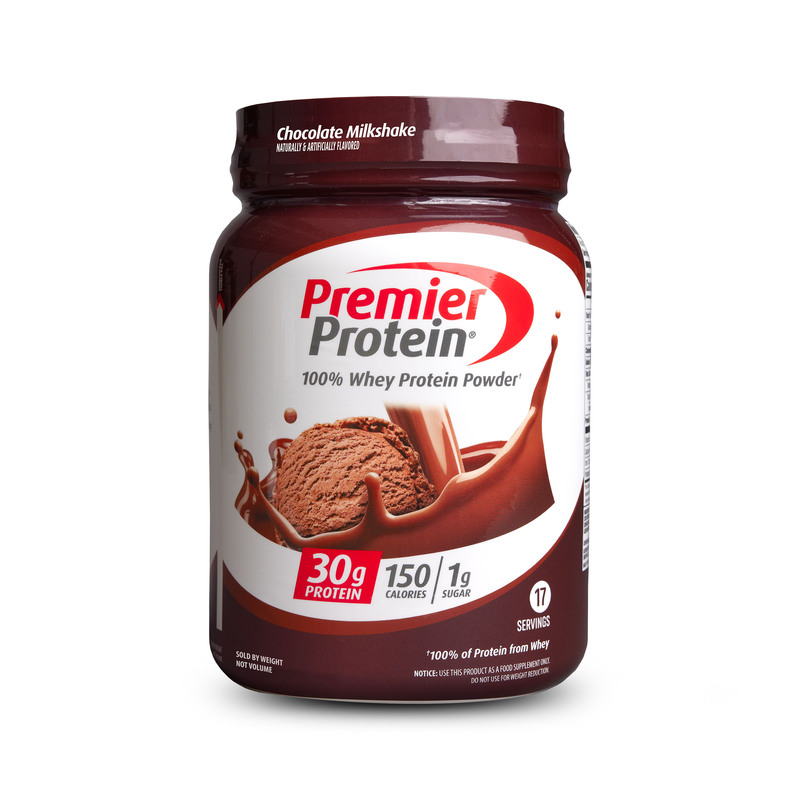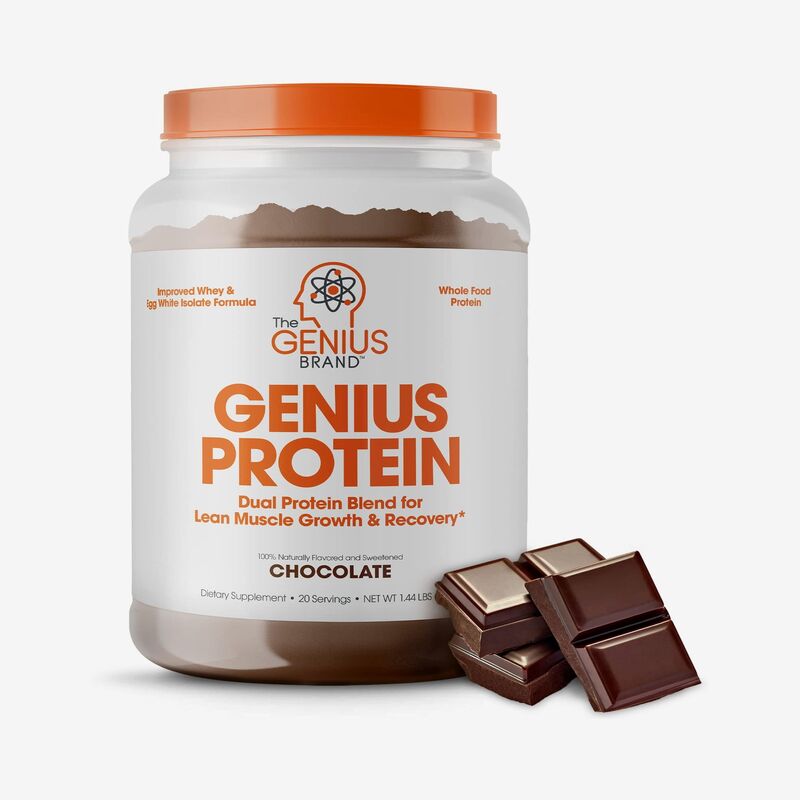Protein powder is more than just a supplement; it’s a versatile ingredient that can enhance various meals. Many individuals often overlook its potential in everyday cooking and baking. Instead of merely mixing it with water or milk, consider using it creatively. Not only can it boost protein intake, but it can also improve the taste and texture of your favorite recipes. In this article, we will explore different ways to incorporate protein powder into your diet, making it a valuable addition to your culinary repertoire.
Breakfast Options
Breakfast is often dubbed the most important meal of the day. However, many people struggle to get enough protein during this meal. Adding protein powder to your breakfast can certainly help with this issue. There are numerous options available to enhance your morning routine while incorporating more protein into your diet.
Protein Pancakes
Pancakes are a breakfast favorite, but they can often lack sufficient protein. By adding protein powder to your pancake mix, you can create a healthier version. Simply mix your usual pancake ingredients with a scoop of protein powder. You can experiment with flavors as well, such as vanilla or chocolate protein. This addition will not only boost nutrition, but it will also add a new dimension to the flavor. Serve them with fresh fruit or a drizzle of maple syrup for an indulgent yet healthy breakfast.
Smoothie Bowls
Smoothie bowls are another delightful way to consume protein powder in the morning. They allow for a mix of textures and flavors. Start by blending your favorite fruits, leafy greens, and a scoop of protein powder. Add some liquid, like almond milk or coconut water, to achieve the desired consistency. Once blended, pour the smoothie into a bowl and top it with granola, nuts, or seeds. This breakfast option is not only satisfying, but it also looks appealing. The vibrant colors of the fruits make it a feast for the eyes, encouraging healthier eating habits.

Snacks and Treats
Snacking can be tricky, especially if you’re trying to maintain a healthy diet. Many processed snacks are low in protein and high in sugar. This is where protein powder comes to the rescue. By crafting your own nutrient-dense snacks, you can control what you consume and boost your protein intake simultaneously.
Protein Balls
Protein balls are a simple and delicious snack option. To make them, combine oats, nut butter, honey, and protein powder in a bowl. Mix them well until the mixture holds together. Roll them into small balls, and refrigerate for about 30 minutes. Not only are these easy to prepare, but they are also portable and perfect for on-the-go snacking. You can customize them by adding ingredients like chocolate chips, dried fruit, or seeds. This variety ensures that you won’t get bored with your snacks, which is crucial for long-term dietary adherence.
Protein Bars
Homemade protein bars are another fantastic way to utilize protein powder. Unlike store-bought bars, making your own allows you to control the ingredients. Combine protein powder, oats, nut butter, and your choice of sweetener in a mixing bowl. Press the mixture into a lined baking dish and refrigerate until set. Once firm, cut into bars for easy storage. These bars make an excellent pre- or post-workout snack. They offer a quick energy boost while fueling muscle recovery. Additionally, you can experiment with various flavors, so you never tire of them.
Baking Ingredients
Baking is yet another exciting avenue for incorporating protein powder into your meals. While many traditional recipes rely on flour, you can replace a portion of it with protein powder. Not only does this increase the protein content, but it can also create a more tender, moist texture.
Protein Muffins
Muffins are versatile and can be enjoyed at breakfast or as a snack. Why not make them healthier by adding protein powder? Substitute a quarter to half of the flour in your muffin recipe with protein powder. This adjustment will not significantly alter the taste, but it gives you a great protein boost. You can also add fruits, nuts, or chocolate chips to enhance flavor and texture. The result is a delicious, high-protein muffin that’s perfect for busy mornings.
Protein Cookies
Who said cookies can’t be healthy? By swapping out some of the flour in your cookie recipe for protein powder, you can enjoy a guilt-free treat. Consider using protein powder flavors like chocolate or vanilla. This enhances the overall taste without adding sugar. Not only will you satisfy your sweet tooth, but you will also increase your protein intake. When cooled, they make an excellent post-workout snack. Store them in an airtight container for easy access throughout the week.
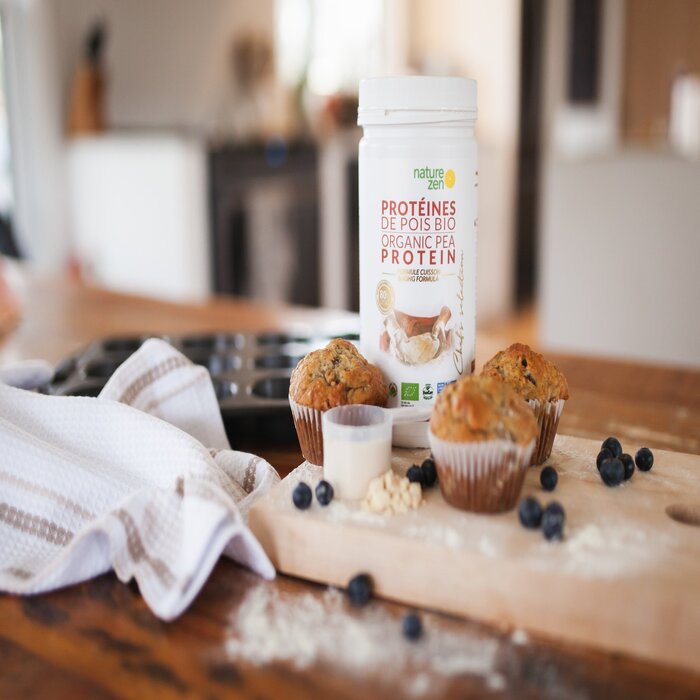
Savory Dishes
While protein powder is often associated with sweet treats, it can also enhance savory dishes. Incorporating it into your daily meals can be both beneficial and enjoyable. The key is to choose the right type of protein powder that complements the flavors of the dish.
Soups and Stews
Adding protein powder to soups and stews is an easy way to improve nutrition. Simply stir in a scoop of unflavored or lightly flavored protein powder. This addition will not affect the taste significantly, especially if the dish is well seasoned. Not only does this enhance the protein content, but it can also make the texture creamier. Consider using this technique for creamy soups, providing an additional level of richness without a heavy dairy base.
Pasta Dishes
Incorporating protein powder into pasta dishes is another surprising yet effective method. You can blend protein powder into homemade sauces or even stir it into store-bought pasta sauces for added nutrition. This will enable you to enjoy comfort food while boosting your protein intake. For a unique twist, consider mixing protein powder into the dough if you’re making homemade pasta. This approach can create a higher-protein pasta that marries well with various sauces, whether creamy or tomato-based.
Post-Workout Recovery
Post-workout nutrition is crucial for muscle recovery and performance. Often, protein powder is consumed immediately after exercise. However, there are other ways to incorporate it for recovery benefits. Here are a few suitable options that can help replenish your energy.
Protein Shakes
The classic protein shake is popular for a reason. They are quick to make and incredibly versatile. After a workout, you can toss in fruit, vegetables, and your protein powder of choice. Blending it with nut milk or Greek yogurt can add a layer of creaminess and flavor. The combination of protein and carbohydrates aids in muscle recovery and sets the stage for rebuilding after an arduous workout. Drinking a shake immediately after exercise can help maximize recovery benefits.
Protein Smoothies
Smoothies are another excellent choice for post-workout nutrition. They allow for creativity and are easy to customize. Blend protein powder with frozen fruits, spinach, and a liquid of choice. Not only do smoothies taste great, but they are also highly nutritious. You can pack them with vitamins and minerals while satisfying your protein requirements. Adding a bit of nut butter elevates the healthy fats, providing sustained energy and fullness.
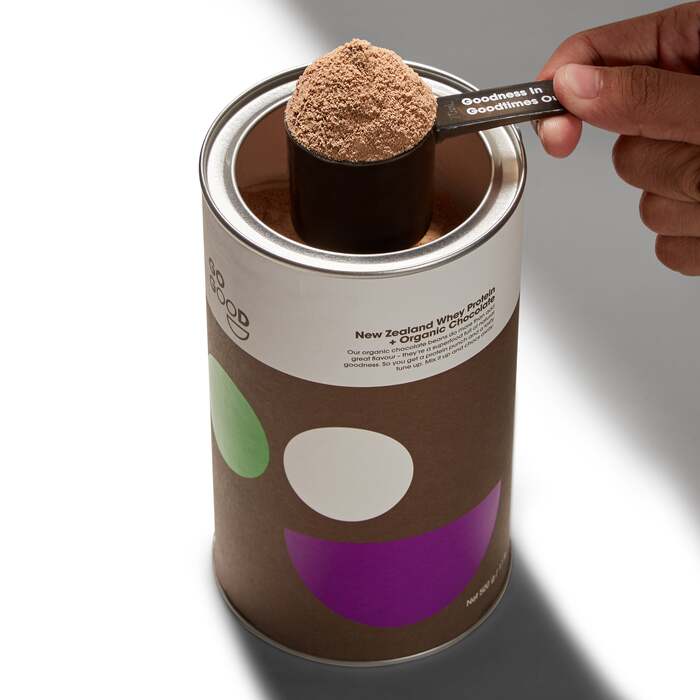
Meal Replacements
In some situations, it’s not feasible to sit down for a full meal. This is where protein powders can shine as a meal replacement. However, it’s essential to create a well-balanced option that keeps you satisfied.
High-Protein Smoothies
When preparing a meal replacement smoothie, ensure you include protein powders, fruits, and healthy fats. For example, consider blending a banana, protein powder, spinach, and almond butter with almond milk. This combination will not only taste delightful but will keep you feeling full. Creating a meal replacement smoothie that has enough calories, fiber, and protein will help you stay energized throughout the day. It’s also a fantastic option for those busy mornings when you’re short on time.
Protein Oatmeal
You can turn your regular oatmeal into a substantive meal replacement with protein powders. Just stir a scoop of protein powder into your cooked oats. This simple addition transforms your breakfast into a high-protein meal. Top it off with fruits, nuts, or a sprinkle of cinnamon for added flavor. This oatmeal can be a warm, satisfying option that keeps hunger at bay. It is an excellent choice for individuals needing sustained energy and nutrition throughout their busy mornings.
Conclusion
Incorporating protein powder into your meals is easier than you think. Not only does it serve to enhance your protein intake, but it also adds flavor and texture to a variety of dishes. Whether you’re enjoying protein pancakes for breakfast or protein balls for a snack, the possibilities are endless. With such diverse options, you can tailor protein powder to fit your lifestyle and dietary preferences. With a little creativity, protein powder can become a staple in your kitchen, helping you achieve your nutritional goals and enjoy delicious meals at the same time. By exploring these various methods, you can ultimately lead a healthier, more satisfying lifestyle.






